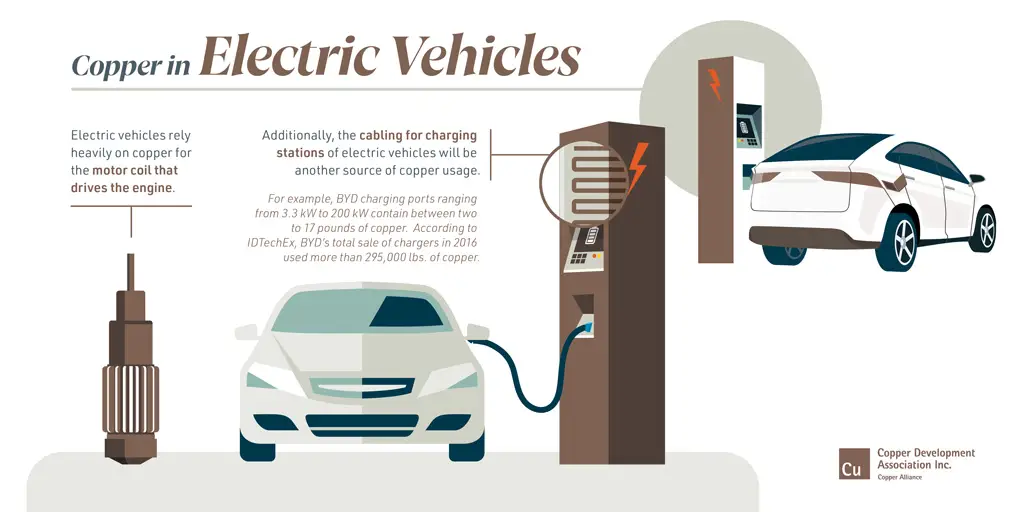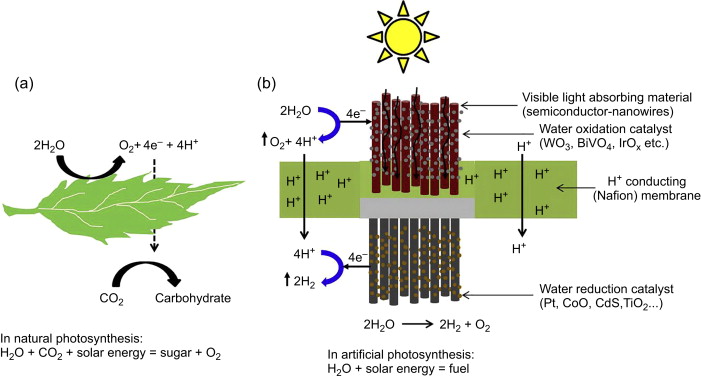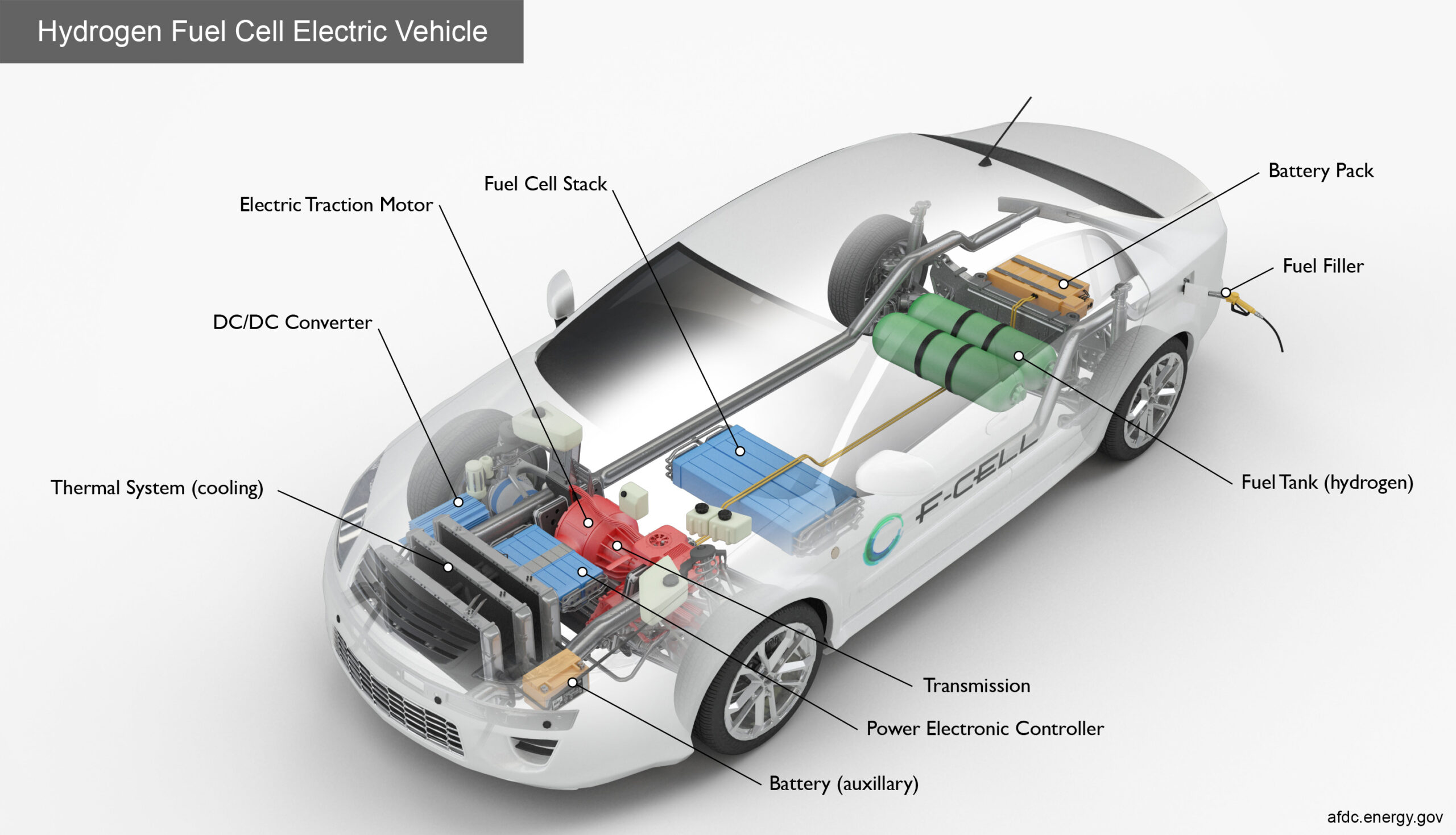Sustainable development is the topmost challenge in today’s time. Each day we are exposed to environmental risks, like depletion of natural resources, pollution, deforestation, poor air and water quality, global warming, and ozone layer depletion. Thus, we need a solution to this growing concern, which is none other than sustainable development. Then, what is ‘ sustainable development ’? Here comes the answer: Sustainable Technology is a broad term that corresponds to the technology designed to prevent environmental issues while keeping sustainability in mind. The goal of these technologies is to reduce environmental risks and create a sustainable product. Below are the technologies which give us hope for a green and sustainable future:
1. Carbon Capture And Storage
Carbon capture and storage (CCS) enable the industry to capture carbon at its supply, compress it, and move it to an appropriate permanent storage site. But, there are certain risks involved with storage and leaks. However, this technology reduces greenhouse emissions, and CO2 captured is also used to manufacture other products.

2. Green Architecture
Green architecture is a philosophy that advocates for building with the environment by using sustainable sources of energy, designing efficiently to reduce energy use, and updating existing buildings with new technology. It uses existing natural light for construction, which reduces energy consumption. It helps to improve air quality, maintenance of the structures, and increase water and material efficiency.

3. Smart Meters
Smart meters provide utilities with accurate, live-tracking of energy and water consumption. Smart grids allow us to use our appliances more efficiently for electricity, reducing our bills and saving water by reducing leakages in washing machines and reducing maintenance costs. It also helps in energy conservation and saves time and money.

4. Electric Automobiles
These vehicles use electricity stored in batteries, contrary to internal combustion engines, which use combustion and pressure to propel a motor, which is harmful to the environment and causes greenhouse gases. In the future, all automobiles will come installed with those devices which will receive power via an electromagnetic field broadcast from underground cables.

5. Nuclear Material
A pound of Uranium produces one million times as much energy as that in one pound of coal. But, nuclear power reactors use only 3-5% of the potential energy available, and the rest becomes radioactive waste. However, Thorium can replace Uranium and allow the reactor to reach its high potential. Nuclear reactors, nuclear medicine, and nuclear weapons use this technology.

6. Biomimicry
It is a technological-oriented approach that takes the innovations existing in nature and applies them to technology. It is the approach to human innovation through mimicking nature, thus named biomimicry. It has given rise to self-healing materials, which will have the capability to heal themselves when cut or torn, and has inspired many of our greatest inventions, from buildings to bionic cars.

7. Artificial Photosynthesis
It is a process that mimics a very famous biochemical reaction that is natural photosynthesis. Here, the energy from sunlight is captured and stored in the chemical bonds of a fuel. Photocatalytic water splitting converts water into oxygen and hydrogen. So, scientists are trying to develop a system that will use sunlight and CO2 to produce energy. This technology will help in reducing CO2 levels and producing renewable fuels.

8. Pyrolysis
Pyrolysis is the thermal decomposition of biomass at elevated temperatures in an inert or oxygen-free atmosphere. It yields high-value energy products without degrading the environment. It is used in vehicles, trains, ships, and aero-planes to substitute diesel and petrol. Also, it helps in the production of solid fuels like char or carbonaceous materials and syngas.

9. Long Term Storage
We use Lithium-ion batteries that are short-term storage (4-5 hours), but we need long-term storage technologies. Hence, some innovations like Google X brought Malta, which stores renewable energy in molten salt, and Antora Energy has built a low-cost thermal battery for grid-scale energy storage. This long-term storage can be beneficial in keeping energy for future use.

10. Hydrogen-Powered Fuel Cells
Hydrogen fuel cells combine hydrogen and oxygen atoms to generate electricity, with water and heat as by-products. Their energies power anything like vehicles and machines. Also, these fuel cells store more energy with less weight and thus make them ideal for heavy cargo vehicles that travel long distances.



















